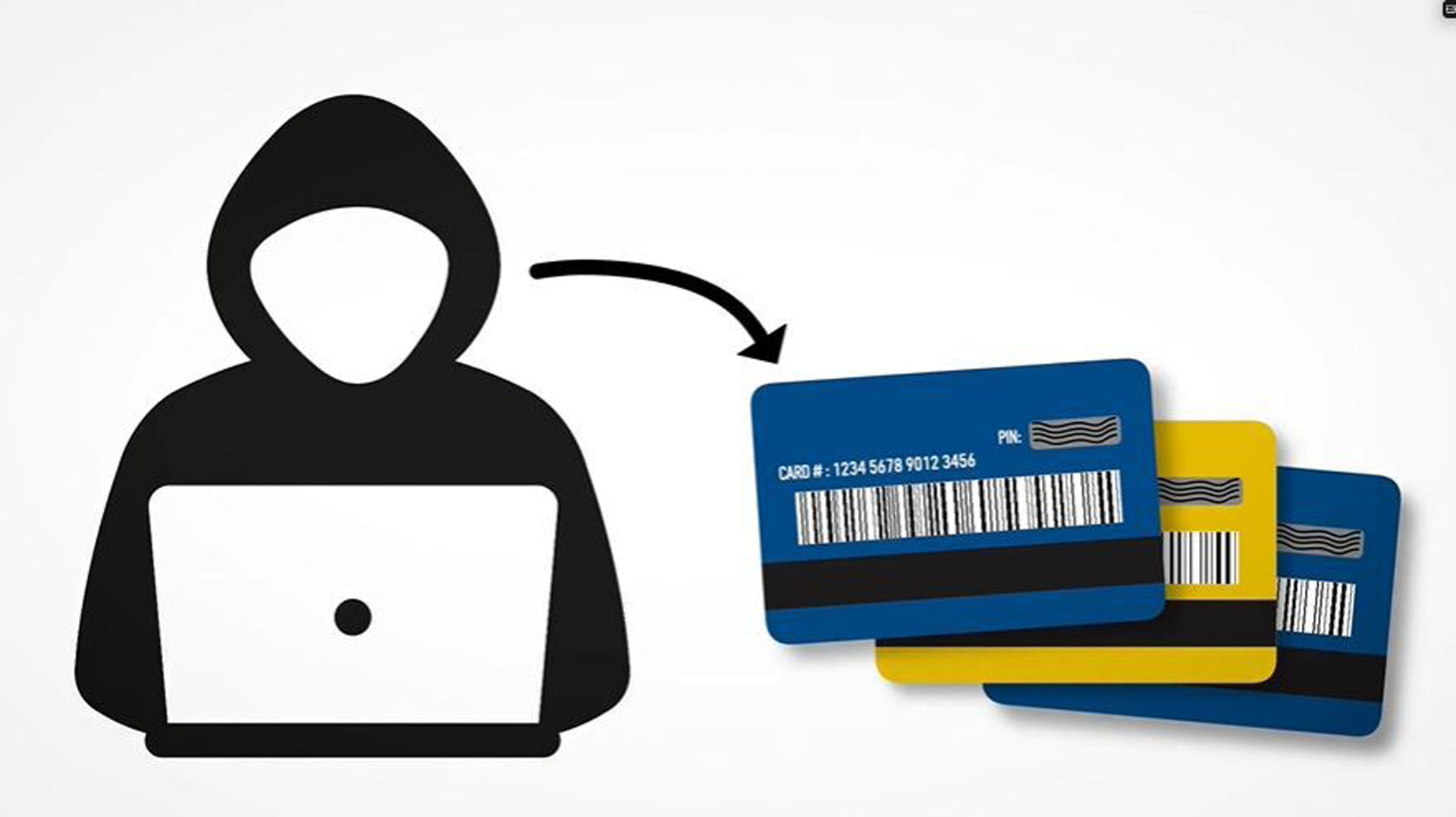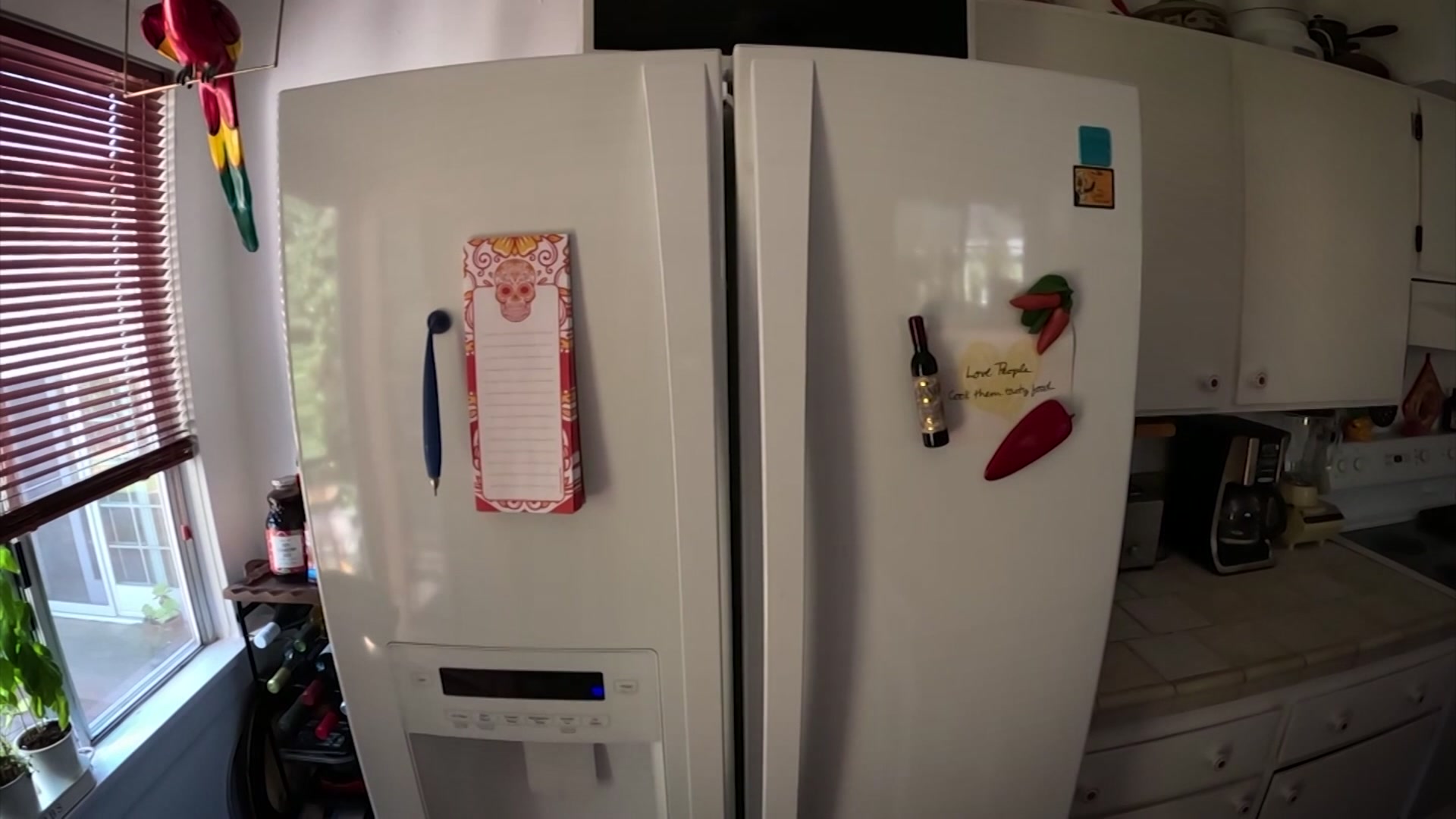When it’s time to get a new phone, consumers may send in an old one to get a discount. The amount of the credit often depends on the condition of the device the consumer traded in. What if your trade-in gets lost or the company rejects it? The NBC 5 Responds team wanted to know: how can consumers avoid trade-in trouble?
CONSUMER VIDEO
When Billy from Keller recently returned a smartphone, he recorded a video of himself packing up the device at the counter of a shipping store. Later, Billy said the mobile service provider charged him more than $400 because the condition of the phone wasn’t what the company expected. Billy said the phone was new when he returned it.
After the NBC 5 Responds team reached out to the company, Billy said he received a full credit.
Get top local stories in DFW delivered to you every morning. Sign up for NBC DFW's News Headlines newsletter.
We don’t know if the video made a difference in Billy’s case. NBC 5 asked industry experts: with so many ways a consumer can return, trade or sell smartphones, how does a consumer prove they’ve sent the correct device, in the correct condition? If a consumer takes a video, what should it show?
EXPERT ADVICE
NBC 5 took those questions to Ben Edwards, founder and CEO of Swappa, an online marketplace – primarily for used electronics.
“What I would do when I send off my phone, I would clean it thoroughly to try to get it as spotless as I can. I would take pictures of the front, back, sides and edges of the phone,” said Edwards.
Edwards said Swappa uses human moderators to approve listings on the marketplace site. The moderators ask potential sellers to take photos with a handwritten, unique code provided to them.
“Not very clever, but sometimes simple solutions work the best,” said Edwards.
If you’re done with a device and sending it to a buyer or a company, Edwards recommends consumers remove protective covers. Take images in a well-lit area. Angle the phone to show scratches on the front, back and corners.
“The key is to be accurate,” Edwards said. “For most used devices there are going to be imperfections and that's fine. You want to show those. The key is to be honest and essentially to make sure that buyer and seller or trade-in partner, everybody's on the same page.”
Trying to mask an imperfection likely wouldn’t get past people processing the device, Edwards added.
“WE GOT A BOX”
Kyle Hale is co-founder of SmartphonesPLUS, a company that buys and sells used electronics. Before shipping a device to the company for a sale, sellers answer questions about the device on the company's website. The website lays out how the company defines "flawless", "good", "fair", "broken" or "no power" condition. Customers receive an online quote based on information they provide.
Once the phone arrives for processing, Hale said if it’s not what the company expected, they would reach out to the consumer with an updated offer. Hale highlights the process in a social media video series called “We got a box”.
“I wanted people to know what's going on with their stuff,” Hale said. “How does it actually work or how do I get paid?”
When the company receives a device, Hale said it starts with a physical inspection.
“That's where they have a really bright light above them. They can really look at each side and determine how many marks are on each side and how deep the marks are,” Hale said.
They look at the device’s battery health, then plug the phone into diagnostic software.
“If you send your phone in flawless, they're going to the test and the microphone doesn't work. Then, they know the microphone's not working,” said Hale.
Hale said he would tell consumers to follow shipping instructions. If you’re sending multiple devices, you would need a separate box for each. Use the packing material provided.
“When you pack the item in there, you should be able to shake the box and you shouldn't be able to hear it,” said Hale. “It should make no noise and be really snug in there.”
Hale said you can snap a photo of the phone with its IMEI or serial number for good measure.
On an iPhone, you can find that information in the phone’s settings. Scroll to “general” then tap “about”.
Make sure to save or backup your data on your device, then log out of the iCloud or Android accounts on the device you’re sending back. After you’ve backed up your information and logged out, do a factory reset. Be sure any find my phone service isn’t active. You can read SmartphonesPLUS guide here.
Finally, save shipping receipts with tracking.
PROVIDER TIPS
NBC 5 asked several major mobile service providers and manufacturers about the best approach for consumers sending in devices.
Charter Spectrum shared a link to its device return policies. The company said it does not require customers to record video or take any images before returning or trading in a device. By email, a spokesperson said if a customer would like to record any video for their own files, they are more than welcome to do so.
Verizon shared this guide for consumers. The company said consumers can mail their devices. Some can be dropped off in person at select Verizon stores. You can find more tips on preparing a device for trade-in here or watch this video.
AT&T sent us this link with information for consumers. According to the tips, consumers should take a photo of the prepaid shipment return label that includes the Return Materials Authorization (RMA) number. It said consumers should keep any power cords or accessories and make sure they get a receipt when dropping the device off at a shipping carrier or store. Take note of your tracking number. AT&T said it sends a text and email when it receives the device.
T-Mobile shared links to its support pages for consumers, general information about trading in a device and link to trade-in instructions.
A Samsung spokesperson tells NBC 5 Responds in an email, “Samsung’s Trade-In program is a fantastic way for customers to save on qualifying new mobile phones, tablets, and wearables – while also giving their old devices new life.” The company also noted a consumer should ship one device per shipping label provided by Samsung. Consumers can either keep or responsibly recycle any accessories. Samsung said more information can be found here. Customers can always contact 1-800-Samsung if they have questions.
We didn’t hear back from Apple. The company’s website has information about trading in eligible devices. According to FAQ published on its website, a consumer should follow instructions on a trade-in kit. Use one trade-in kit per device, ensuring the Quote ID Number on the return shipping label matches the Quote ID Number in the confirmation email for that device. Don’t include accessories. Apple’s online tips also said: get a receipt from the courier when shipping and Apple is not responsible for any damage during shipping.
NBC 5 reached out to tech care company Asurion - which offers cell phone insurance and repair. According to Alexander Treneff, Director of Supply Chain Innovation & Strategy, it's rare that customers ever need a video. Videos can be helpful in uncommon scenarios where a device goes missing in transit but are rarely needed. Treneff recommends consumers answer the device evaluation questions accurately and retain the tracking number. Additionally, sign out of all apps and perform a factory reset. Be sure you’ve unpaired accessories like a smartwatch and remove the SIM card, if the phone has one.
NBC 5 Responds is committed to researching your concerns and recovering your money. Our goal is to get you answers and, if possible, solutions and a resolution. Call us at 844-5RESPND (844-573-7763) or fill out our customer complaint form.
Get top local stories in DFW delivered to you every morning. Sign up for NBC DFW's News Headlines newsletter.



